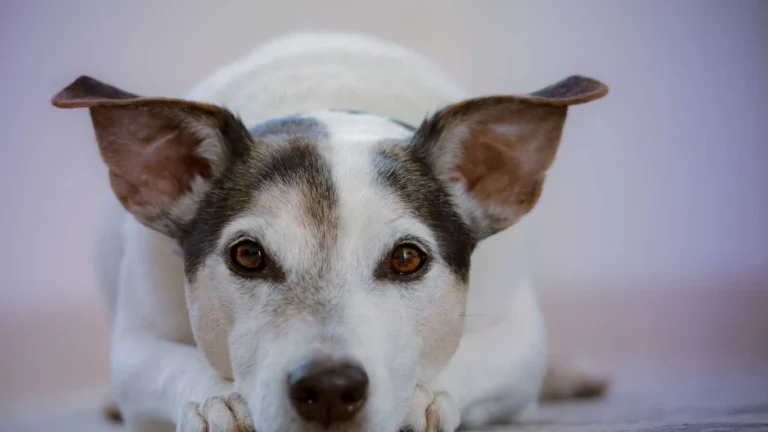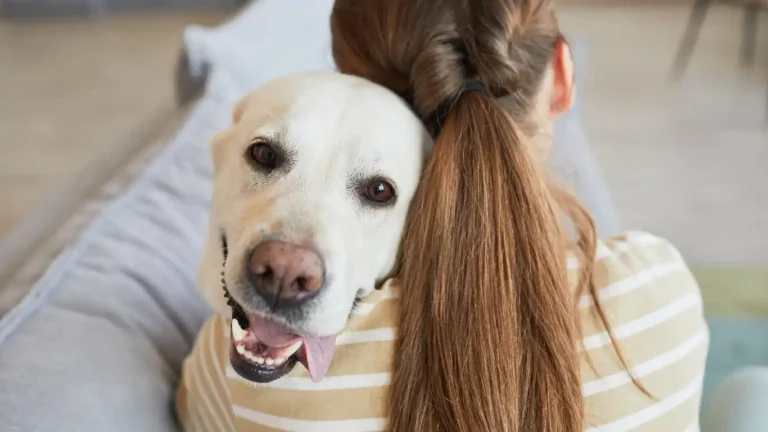Best Ways to Reduce Shedding in Short-Haired Dogs That Actually Work
Let’s be real—short-haired dogs might not look like heavy shedders at first glance, but anyone who’s ever worn black pants around a Beagle or Boxer knows the struggle is all too real. As someone who’s worked hands-on with hundreds of pups in my years as a veterinary technician specializing in nutrition, I can say this with confidence: if you’re hunting for the best ways to reduce shedding in short-haired dogs, you’re absolutely not alone. It’s one of the top concerns I hear from pet parents every week, especially when they’re sweeping up hair for the third time in one day or finding it mysteriously stuck to their toothbrush. Yep, I’ve heard it all.
Why Do Short-Haired Dogs Shed So Much?
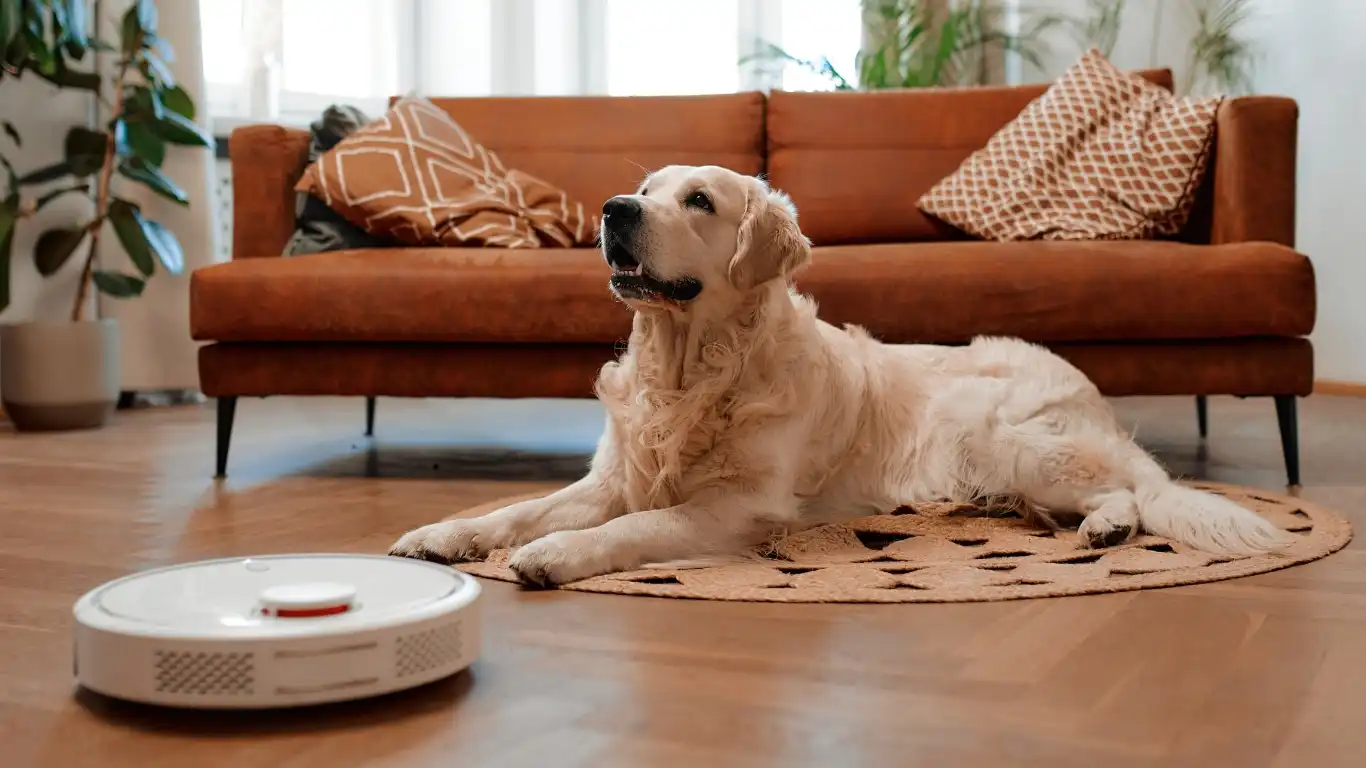
First things first: shedding is totally normal. But excessive shedding? That’s a red flag—one that can be tackled if you know what to look for. Most short-haired breeds shed because they’ve got dense undercoats that cycle through seasonal changes. Think Labs, Pugs, and Frenchies. Even though their fur is short, there’s a lot of it packed in tightly.
But here’s the kicker: sometimes it’s not just about their breed. I’ve seen dogs shed more than usual due to dietary deficiencies, stress, or even skin issues. In some cases, a change in routine—like a new baby in the house or a different kibble—can set things off. That’s why understanding the “why” behind the fur blizzard is so important before jumping to conclusions.
Nutrition: The Foundation of Fur Health

If I had a dollar for every time I traced a shedding issue back to poor diet, I’d have a luxury treat bar in my clinic by now. It still surprises folks when I tell them that the number one best way to reduce shedding in short-haired dogs starts with their food bowl. But it makes total sense—just like humans, dogs reflect what they eat.
1. Omega-3 and Omega-6 Fatty Acids
These are like the holy grail for coat health. Omega-3s, in particular, help reduce inflammation and improve skin moisture, which means less flaking and shedding. I always recommend looking for fish-based kibble or adding a fish oil supplement—something like wild Alaskan salmon oil. Just a pump on their food once a day can work wonders. And yes, they usually love the taste.
2. High-Quality Protein Sources
Cheap fillers = dull coat + more hair loss. Trust me, I’ve cleaned up enough fur piles to prove it. You want to aim for foods where the first ingredient is a named meat source—chicken, beef, lamb, or fish. Avoid vague labels like “meat by-products” or “animal digest.” If it sounds sketchy, it probably is.
3. Supplement Wisely
In my clinic, we often recommend a multi-vitamin or skin/coat supplement when diet alone isn’t cutting it. Zinc and biotin are two standouts. But please, don’t just start tossing random powders into their food—always consult your vet first. What helps one dog might irritate another.
Brushing: The Surprisingly Effective Ritual

Now, I know brushing a short-haired dog sounds like overkill,
—but brushing a short-haired dog is one of those simple habits that makes a massive difference. Back when I first started working in clinics, I didn’t give it much thought either. Short fur? No tangles? What’s the point, right? But over time, and after seeing the fur tumbleweeds clients dealt with, I realized it’s not about detangling—it’s about removing the loose undercoat before it ends up on your couch.
Choosing the Right Brush for Short-Haired Dogs

Not all brushes are created equal, especially for short coats. I can’t tell you how many pet parents walk in with a slicker brush meant for long-haired breeds. Here’s a quick rundown of what actually works for our short-coated buddies:
- Rubber Curry Brushes: These are my top pick. They’re gentle, stimulate circulation, and pull up dead hair like a magnet. Bonus: dogs tend to enjoy the massage-like feel.
- De-shedding Tools (like the Furminator): These can be super effective—but don’t go overboard. Once or twice a week max, or you risk skin irritation.
- Bristle Brushes: Not as effective alone, but good for a quick polish after a de-shedding session.
Consistency is key here. You don’t need to go full spa mode every day, but brushing 3–4 times a week? Total game changer. It takes less than 10 minutes and will save you hours of lint rolling later. I used to demo brushing during client visits—just five minutes of curry brushing and you’d see a visible pile of loose hair on the exam table. It always shocked them!
Bathing Routines That Help Manage Shedding
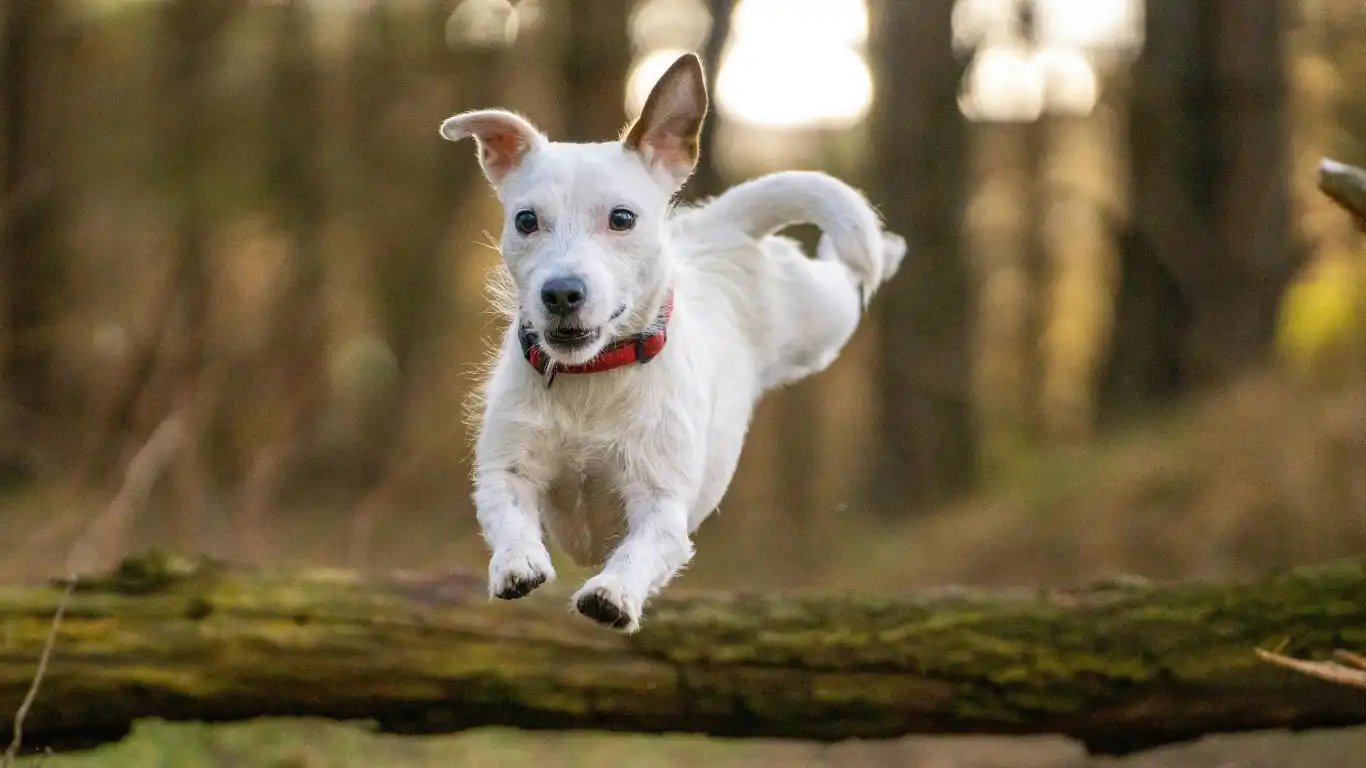
Bathing helps loosen and wash away that dead fur, especially during peak shedding seasons (spring and fall). But here’s the catch: overbathing can backfire. If you’re scrubbing your dog down every week with the wrong shampoo, you might be drying out their skin and triggering more shedding.
Tips for Smart Bathing:
- Use a moisturizing or de-shedding shampoo. Oatmeal-based or aloe formulas are great. I personally love shampoos with omega fatty acids or added vitamin E.
- Frequency: Every 4–6 weeks is usually enough for most short-haired dogs. If they get into something gross, of course, give ’em a bath—but avoid making it a weekly habit.
- Rinse thoroughly. Leftover soap residue can irritate skin and worsen shedding. I always tell pet parents: rinse until you think you’re done, then rinse one more time.
And if your dog’s shedding seems to spike after a bath, that’s normal! The warm water loosens up the dead hair, so brushing them out right after toweling off helps manage the mess.
Stress: The Sneaky Shedding Trigger

Here’s one that surprises a lot of folks—emotional stress can increase shedding. It’s something I see often in rescue dogs, newly adopted pets, or even longtime family pups dealing with big life changes (like moving or the loss of a companion).
How to Spot Stress-Related Shedding:
- Hair coming out in clumps during vet visits or car rides
- Pacing, whining, or destructive behavior
- Licking or chewing their skin, even without fleas
One pup I cared for, a sweet little terrier mix named Daisy, would leave a trail of fur every time she came in for her nail trims. Her coat was glossy and healthy, but the moment she felt nervous, out came the hair. We worked with her family to desensitize her over time, and as her anxiety improved, so did her shedding.
Ways to Reduce Stress in Dogs:
- Stick to a routine: Dogs thrive on predictability. Feeding, walking, and playtime at the same times each day can help ground them.
- Provide a safe space: A cozy crate or quiet corner gives them a retreat when things get loud or overwhelming.
- Try calming aids: Supplements like L-theanine or pheromone diffusers can be helpful. Just always check with your vet before starting anything new.
So yeah, reducing shedding isn’t just about what brush or shampoo you’re using—it’s about caring for your pup as a whole, from their skin down to their stress levels.
Environmental Factors That Affect Shedding
Let’s not forget the environment your dog lives in. Indoor heating and air conditioning can seriously dry out their skin, especially in winter. Dry skin = itchiness = more shedding. And while we’re at it, dusty carpets and allergen-filled floors don’t help either.
Simple Home Tweaks That Help:
- Run a humidifier: Especially in colder months. Keeps both your and your pup’s skin from drying out.
- Keep bedding clean: Wash their blankets weekly to remove dander and loose fur.
- Vacuum often: Not just for your sanity, but to reduce allergens that can irritate your dog’s skin.
Quick side story: I once had a client whose bulldog shed excessively every winter. We ruled out diet and health issues, and it turned out their central heating was drying him out. They added a humidifier to the living room, and within two weeks, the difference was huge. Sometimes it really is the small stuff.
Regular Vet Checkups: Catch Underlying Issues Early
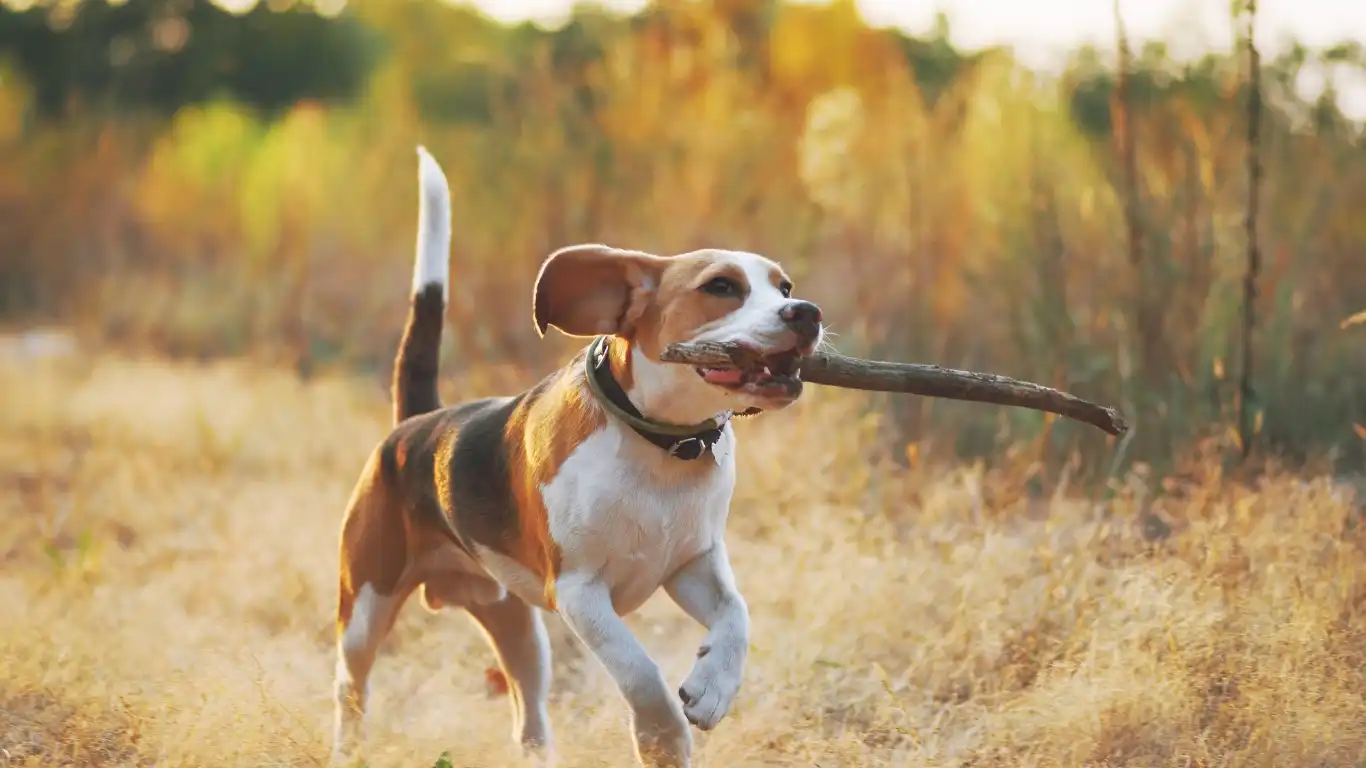
Okay, let’s get real for a sec—sometimes, no matter how dialed-in your dog’s diet, grooming, and lifestyle are, they’ll still shed like it’s their full-time job. When that happens, I always urge pet parents to schedule a vet visit. I’ve seen countless cases where chronic shedding was actually a symptom of something deeper—thyroid imbalance, allergies, or even parasites. You wouldn’t believe how many times a basic fecal test or skin scrape helped solve the mystery.
If your pup is shedding excessively and you’ve ruled out all the common culprits, here’s what to discuss with your vet:
- Thyroid testing (T4 panel)
- Skin scraping for mites or fungal infections
- Allergy screening (food vs. environmental)
- Comprehensive bloodwork if it’s an ongoing issue
I once had a Lab mix named Tucker who started shedding like crazy seemingly overnight. His coat dulled, and even with top-notch food and daily brushing, nothing helped. We ran labs, and boom—low thyroid. After starting a simple medication, the fur loss slowed dramatically within a month. It was like night and day.
How Lifestyle and Activity Levels Influence Shedding
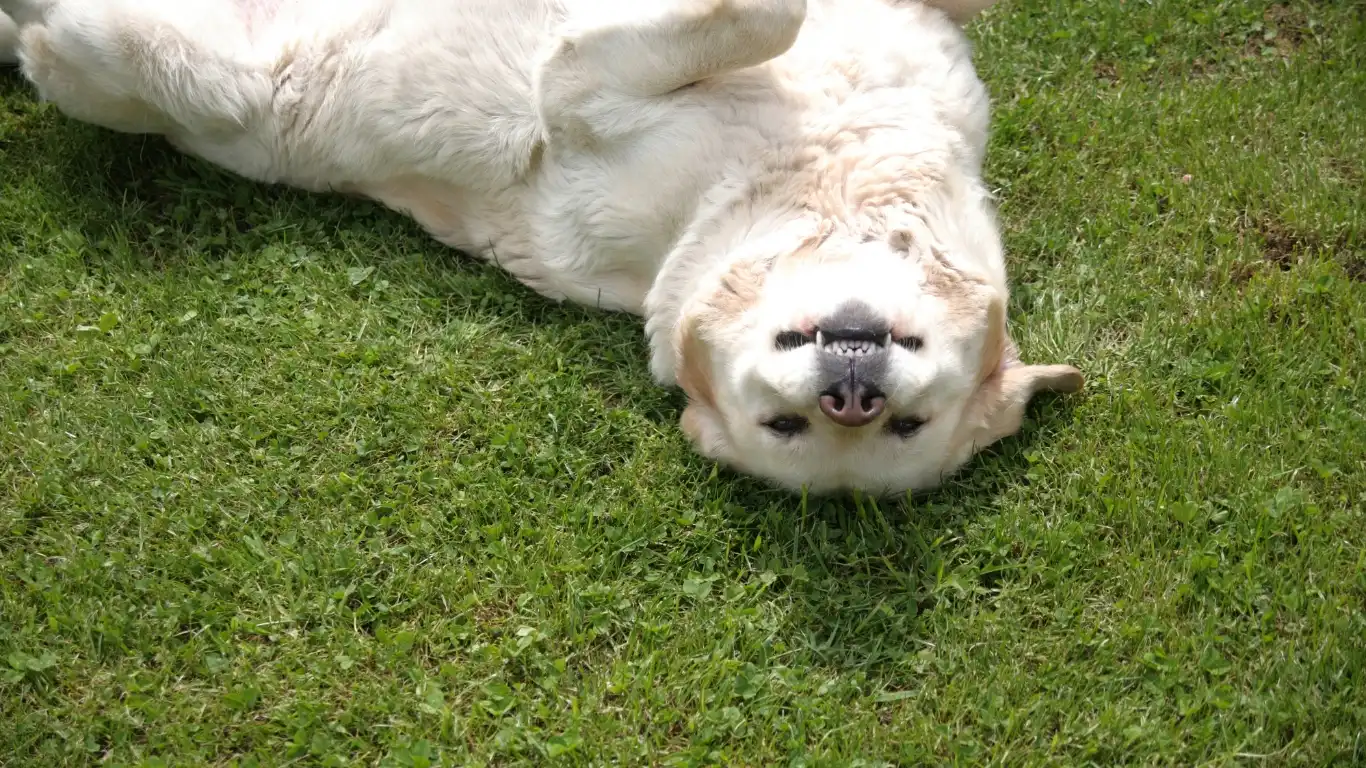
Here’s something folks don’t often think about: active dogs tend to have better coat health. It’s not magic—it’s blood flow, metabolism, and reduced stress. Just like us, when dogs sit around too much and don’t get enough mental or physical stimulation, their overall health (including their skin and coat) can decline.
That doesn’t mean you need to start training for a marathon with your Pug—but regular walks, play sessions, and a chance to sniff around the neighborhood do wonders. Not only does exercise help reduce stress-induced shedding, but it also promotes better nutrient absorption and skin circulation.
Simple Activities That Help:
- Daily walks, even short ones
- Interactive playtime (fetch, tug-of-war, puzzle toys)
- Outdoor exploration time (off-leash or long lead if safe)
- Training exercises to engage their mind
And don’t underestimate the power of routine. Dogs love knowing what to expect. Just like brushing or feeding schedules, consistent exercise and bonding time create a sense of stability—which, as we mentioned earlier, can directly reduce stress-related shedding.
Recap: The Best Ways to Reduce Shedding in Short-Haired Dogs
Let’s do a quick rundown of what we’ve covered throughout this guide, because let’s face it—there’s a lot to unpack. From my experience both in clinic and with my own dogs, the best ways to reduce shedding in short-haired dogs almost always involve a layered approach.
- Nutrition First: Prioritize high-quality food with proper protein, Omega-3s, and essential vitamins.
- Brush Regularly: Use tools suited for short hair, like curry brushes and gentle de-shedders.
- Smart Bathing: Use moisturizing shampoos and don’t overdo it—rinse thoroughly!
- Address Stress: Create a calm, structured environment and explore calming aids if needed.
- Mind the Environment: Use humidifiers, clean bedding often, and vacuum frequently to control allergens.
- Vet Oversight: Rule out medical conditions like thyroid issues, parasites, or allergies.
- Exercise & Enrichment: Keep your pup active and engaged for optimal health.
Each dog is different, and what works for one pup might not be the fix-all for another. That’s why I’m such a fan of taking the whole-dog approach—observe, adjust, and always be ready to tweak based on their needs.
Final Thoughts: Embrace the Fur (But Keep It Under Control)
Listen, you’re never going to stop shedding entirely—and honestly, a little fur on the couch is just part of the package when you love a dog. But you don’t have to live buried under it either. With the right care and a little bit of strategy, you can seriously cut down the fluff floating around your home. And more importantly, you’ll be supporting your pup’s overall wellness, from the inside out.
At the end of the day, shedding is just one way your dog’s body speaks to you. Pay attention to those clues, stay proactive, and don’t hesitate to ask your vet or a qualified nutrition expert (like yours truly!) for guidance. After all, you and your dog are a team—and you both deserve to feel your best.
References
Disclaimer
This article is for informational purposes only and is not intended to replace professional veterinary advice. Always consult your veterinarian before making any changes to your dog’s health care, diet, or grooming routine. As a veterinary technician/nurse with a focus on nutrition, my insights are based on both professional experience and ongoing education, but individual cases can vary greatly.


